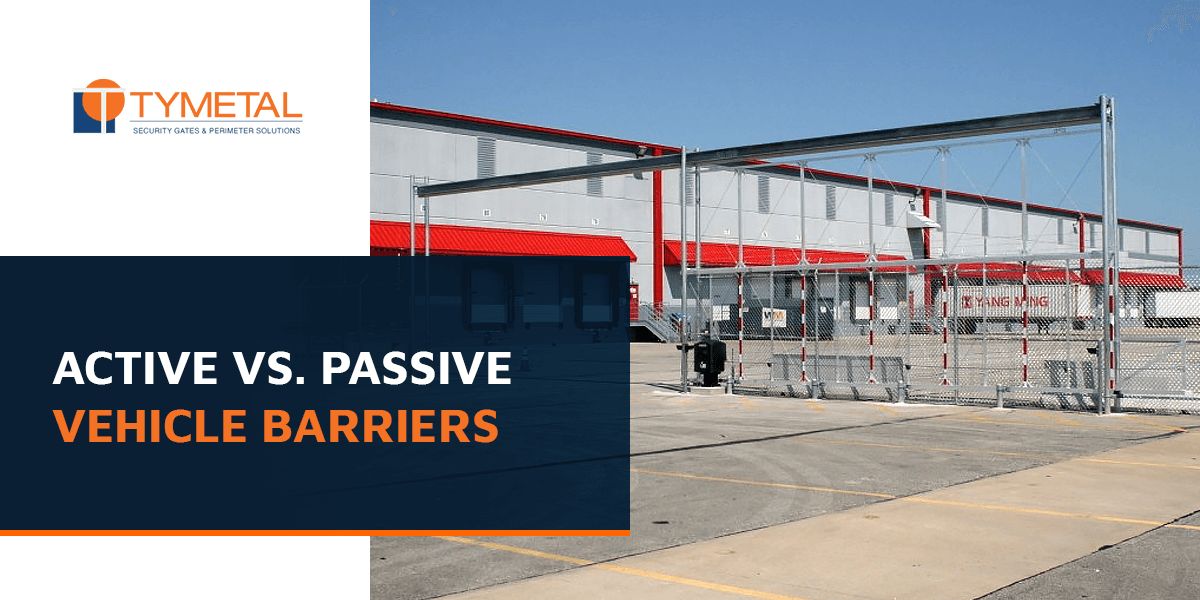The Buzz on Wedge Barriers
Wiki Article
The Best Strategy To Use For Wedge Barriers
Table of ContentsThe Buzz on Wedge BarriersThe Definitive Guide for Wedge Barriers

14 and the surface 12 to which the barrier 10 is protected might be made from concrete - Wedge Barriers. 2, the barrier 10 is installed to or consists of a support or subframe (e. g., anchor 30 displayed in FIG. 2 )secured below the surface 12. As an example, the bather 10 may be bolted to the anchor or protected to the support by various other mechanical bolts. In the detailed personification, the obstacle 10 consists of a wedge plate 16, which consists of a portion that is considerably identical with the surface area 12 when the barrier 10 is in the pulled back placement. In various other words, cars or individuals might pass over the barrier 10 when the barrier 10 remains in the withdrawed placement and experience slight elevation loved one to the surface area 12 while on the barrier 10. As gone over in information below, when the barrier 10 is in the deployed position, the wedge plate 16 is held and supported in an elevated placement by a lifting device of the obstacle 10. In addition, the elements 18 may be bolted or otherwise mechanically coupled to one an additional. In this way, repair work or substitute of one or even more elements 18 might be streamlined and streamlined. That is, repair or replacement of solitary components 18 might be done faster, easily, and expense successfully. FIG. In certain personifications, the support 30 may be a steel structure including plates, light beams(e. g., I-beams ), and/or various other structures that are safeguarded within the foundation 14, which may be concrete. At the surface area 12, an upper side 28 of the support 30 may be at the very least partly subjected , thus allowing the attachment of the obstacle 10 to the support 30. g., threaded holes)in one or even more light beams or plates of the support 30 might be subjected to the surface 12. In this fashion, bolts 32 or other mechanical fasteners might be utilized visit the website to safeguard the obstacle 10 to the anchor 30. As the obstacle 10 is installed to the surface area 12 of the foundation 14, collection of particles and various other material under the obstacle might be minimized, and elements of the bather 10 may not be revealed to below grade environments. As indicated by recommendation numeral 52, the lifting mechanism 50 consists of parts got rid of below the wedge plate 16. The components 52 underneath the wedge plate 16 might consist of an electromechanical actuator, a camera, one or even more web cam surfaces, and so forth. Furthermore, the lifting system 50 consists of a springtime setting up 54
The springtime rod 58 is coupled to a webcam(e. g., camera 80 displayed in FIG. 4) of the lifting mechanism 50. The springs 60 disposed concerning the spring rod 58 useful content are kept in compression by springtime supports 62, including a repaired springtime support 64. That is, the fixed springtime assistance 64 is taken care of about the foundation 14 et cetera of the bather 10.
Getting My Wedge Barriers To Work
The remaining pressure applied to the cam web cam blog deploy the wedge plate 16 may might provided given an electromechanical actuator 84 or other actuator. The spring setting up 54 and the actuator 84(e. Wedge Barriers. g., electromechanical actuator)may operate with each other to translate the camera and raise the wedge plate 16.
As discussed over, in the deployed setting, the wedge plate 16 offers to block accessibility or traveling past the barrier 10. The barrier 10(e. g., the wedge plate 16 )might obstruct pedestrians or lorries from accessing a building or path. If a lorry is traveling towards the released wedge plate 16(e. For instance, in one scenario, the security legs 86 may be extended throughoutmaintenance of the barrier 10.
Report this wiki page